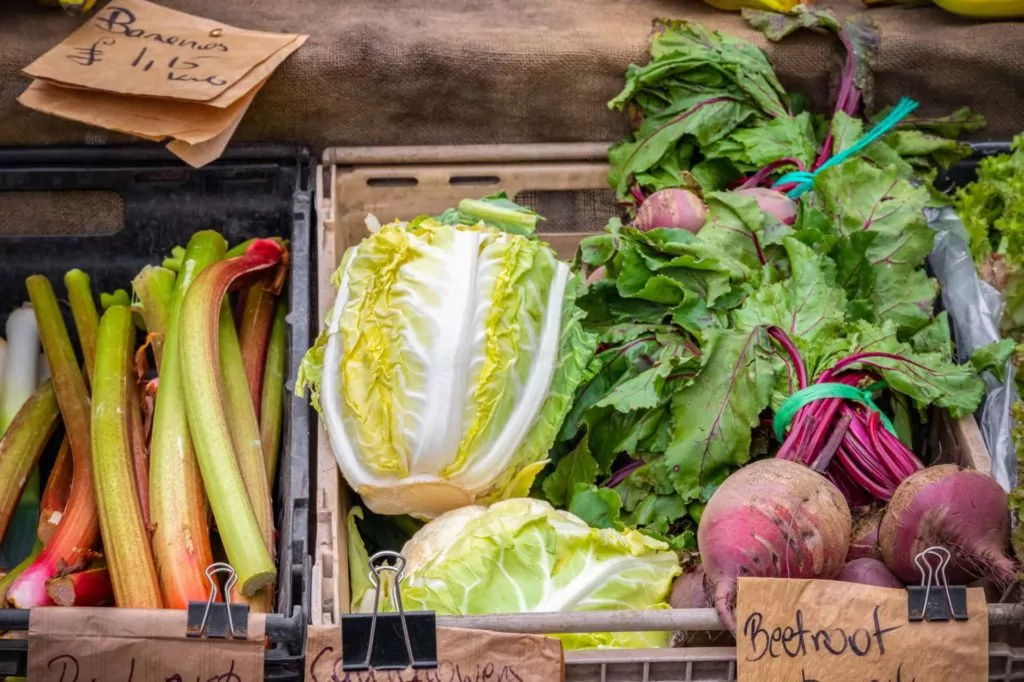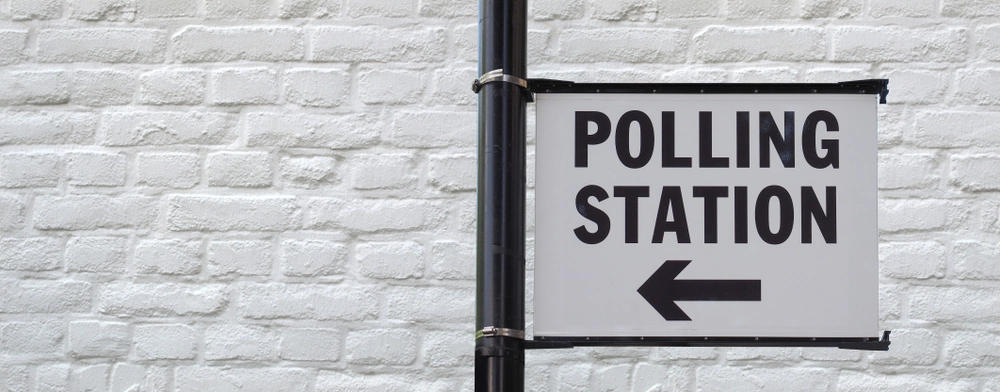
Calorie Labelling Regulations 2022 – what do food business operators need to do?


The UK government has introduced new calorie labelling requirements in its latest bid to tackle obesity. The Calorie Labelling (Out of Home Sector) (England) Regulations 2021 were laid before Parliament on 13 May 2021 and come into force on 6 April 2022.
Will the Calorie Labelling Regulations apply to your business?
The Calorie Labelling Regulations apply to businesses that have 250 or more employees that prepare and sell food or drink that is ready for immediate consumption and is not pre-packed. This means that food businesses such as restaurants, takeaways, cafes, entertainment venues and supermarkets will fall within the scope of these Regulations. If your business is operating through a franchise model, it may be considered as a whole business and the Calorie Labelling Regulations will also apply if the total number of employees is greater than, or equal to, 250.
Businesses that are exempt from the Calorie Labelling Regulations include:
- Hospitals.
- Educational institutions for pupils below the age of 18.
- Care homes.
- Military establishments.
What are you required to do if the Calorie Labelling Regulations apply to your business?
From 6 April 2022, you will be required to list calorie information on all food and drink that is prepared and sold for immediate consumption (non-prepacked food); examples of this include a meal that is ordered at a restaurant, a burger that is prepared and packaged at the business premises ready for sale, or a croissant that is on a shelf and then packaged once bought by a consumer. The calorie information will need to be provided at the point at which the consumer chooses what items to buy (e.g. on a physical menu, an online menu or on third party delivery platforms).
The information that you will need to display includes:
- The energy content of a single portion of the food (or, if the item purchased by the customer has been prepared for consumption by more than one person, of the whole item) in kilocalories, followed by the letters "kcal".
- The size of the portion to which the information relates.
- A statement that "adults need around 2000 kcal a day".
What are the consequences of not complying with the Calorie Labelling Regulations?
The Calorie Labelling Regulations state that local Enforcement Officers will have the power to serve Improvement Notices on businesses where a qualifying business is believed to be non-compliant. The Improvement Notice gives businesses the opportunity to take remedial action. If a business does not comply with the Improvement Notice, Enforcement Officers have the right to impose a fixed monetary penalty of £2,500.
Analysis
The Covid-19 pandemic has meant concerns about health and wellbeing are at the heart of national thinking and discussion. Indeed, reports show that excess weight appears to put individuals at greater risk of becoming seriously unwell with Covid-19. The Calorie Labelling Regulations come as a result of the UK government's stated efforts to promote healthy eating and reduce obesity levels in the UK. Further government guidance is anticipated setting out how calorie information should be calculated and displayed across a range of serving methods, but anticipatory work can be undertaken now, to calculate the calorie content per portion of food or drink item sold based on an identified standard portion.
Foot Anstey's specialist Regulatory lawyers work closely with food business operators nationwide supporting them as they navigate the regulatory framework applicable across the sector, keeping a close eye on 'Covid' and 'non-Covid' developments alike. For a more detailed discussion of how these Regulations might affect your business and how we can support you in making the necessary preparations, please contact the team below.













